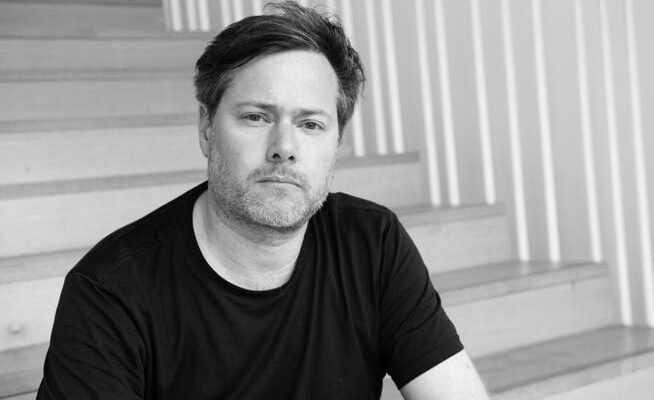Milo Rau directs Schiller’s stage classics. As part of a media conference, he gave an insight into his theatrical intentions. The event itself turned out to be an easygoing show.
Milo Rau brings Wilhelm Tell into the present.
The premiere will not take place until April 23rd. Milo Rau’s production of Schiller’s “William Tell” has already started. The celebrated Swiss director does not see theater as a self-contained art form that can be domesticated by four walls and a window of time. For him, theater is a process, a path that begins with social and political research, then leads through various artistic experiments and actions to culminate on stage.
With this in mind, Milo Rau held a media conference on Thursday afternoon in Zurich’s armory in order to hold out the prospect of a theatrical Tell service in the Wasserkirche (April 8) and a secret Tell vernissage (April 20). But the conference turns out to be a small show in itself.
Modest director
Whoever enters the dark hall from the glistening spring day, where the first discussions about the “Tell” project are said to have taken place a year ago, expects the director in the middle in the front. Like a sensible pedagogue, he mostly withdraws modestly in order to let a loyal follower speak for him on his left and right, with whom he wants to bring the mythical Tell into the present.
On large screens one can also see large, painted war fantasies – pictures by the Swiss artist Miriam Cahn, who recently wanted to withdraw her works from the Zurich Kunsthaus in the wake of the Bührle controversy. Ultimately, that wasn’t possible, explains Milo Rau. That’s why the Tell project is looking for new ways to liberate the poor works of art.
Revolution, liberation, freedom! Nice words keep falling. Apparently, the leitmotifs in Schiller’s stage work are able to inspire the director and his team. They are also concerned with the fair and democratic distribution of the great good. Milo Rau also makes it clear that his “Volkstell” will take on a documentary character rather than a parodic one.
On the one hand, statements from the times of spiritual national defense were dealt with, says the director. But Christoph Schlingensief’s Zurich “Hamlet” from 2001 also inspired the work. In any case, the new Tell production is intended to uncover the variety of the classic beyond the clichés of apple shot and hollow alley. Schiller’s “Tell” is a hidden object picture or a type case that is filled with the realities of our present.
forced labour
In this sense, not only actors from the Schauspielhaus ensemble will perform, but also amateurs with different experiences. Among them, for example, the immigrant who now knows how to provide detailed information about the precarious fate of the 10,000 undocumented people in Switzerland. Or the dark-skinned actress Maya Alban-Zapata, who campaigns against racism. Or Cem Kirmizitoprak, who, himself in a wheelchair, demands that the theater include the disabled: They should not only find a place in the audience, but also on the stage.
The impressive descriptions by Irma Frei then lead back to Emil Bührle. When she was young, she took the welfare office away from her divorced mother, so that in 1958 – when she was 17 – she and thirty other girls were forced to do forced labor in a Bührles spinning mill in Ditfurt. “Because of Bührle you had to do forced labor,” says prosecutor Milo Rau. But no, it wasn’t Bührle’s fault, Irma Frei explains. Switzerland, the Swiss guardianship authority, was to blame.
